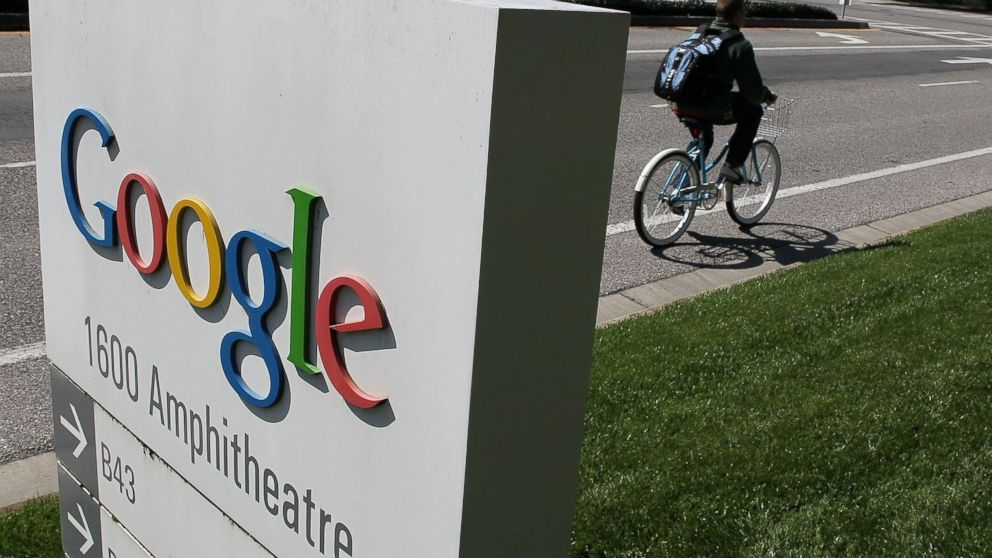How Google Plans to Use Its New High Resolution Satellites
Search giant acquires Skybox in $500 million cash deal.

June 10, 2014— -- Google is taking to the skies -- again.
The search giant announced today that it is acquiring satellite start-up Skybox Imaging, just two months after Google bought out drone company Titan Aerospace.
Why Google Bought A Drone Company
Skybox satellites can capture images and transmit them to customers showing details down to one meter, according to the company's website. The company touts their product as the "the world’s smallest high-resolution imaging satellite, which collects beautiful and useful images and video every day."
In a statement announcing the $500 million cash deal, Google said it plans to use Skybox's technology to bolster Google Maps by keeping its imagery even more "accurate" and "up-to-date."
"Over time, we also hope that Skybox’s team and technology will be able to help improve Internet access and disaster relief -- areas Google has long been interested in," the statement said.
Skybox satellites, which are about 20 times smaller than traditional satellites, are shown in action monitoring a company's supply chain, according to a video posted on Skybox's website.
"Businesses can, for the first time, monitor a network of globally distributed assets with full-motion snapshots without needing to deploy an aircraft or field team," Skybox manager John Clark wrote in a March blog post. "The movement captured in these short video windows, up to 90 seconds in length, yields unique insights that improve operational decisions."
Google did not provide a timetable for when it plans to launch Skybox satellites or its drones, however, the company already has a presence in the skies.
Last year, Google unveiled Project Loon -- an endeavor to bring the Internet to the developing world with large Internet-equipped floating balloons.
The company first began testing the balloons in New Zealand, along with a few in California's Central Valley.




